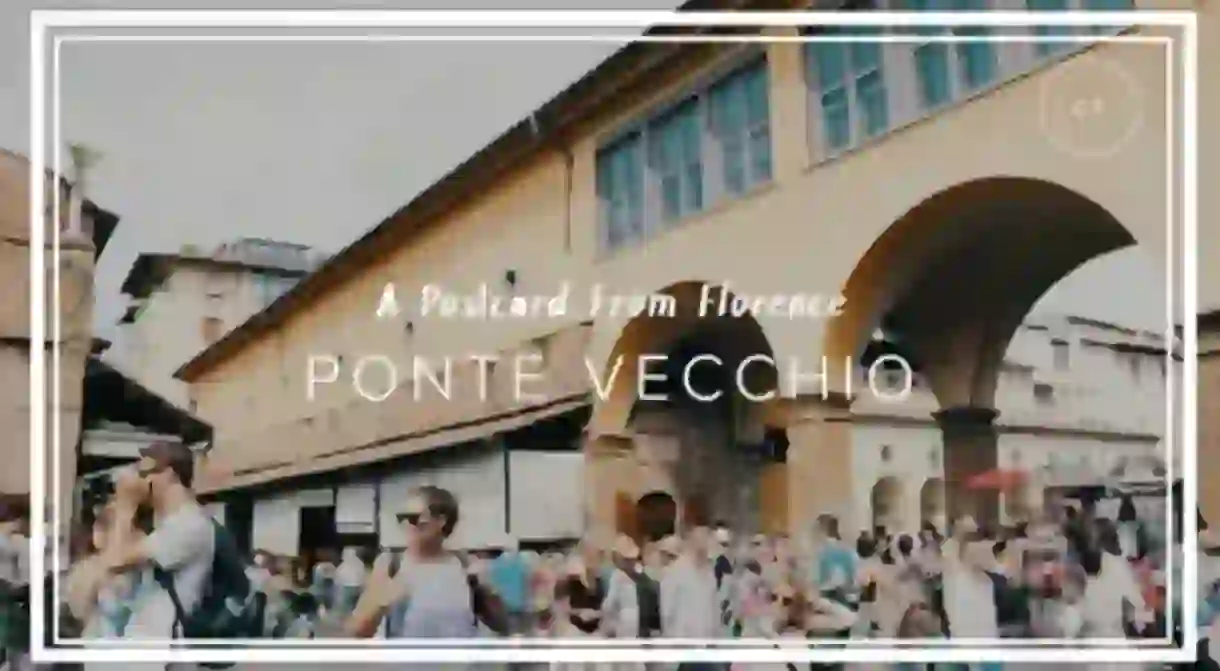History of Ponte Vecchio in 60 Seconds

The medieval Ponte Vecchio, or “Old Bridge,” is one of the most charming and iconic sites in Florence. It was built in 1345 as the first bridge over the Arno River to be used as a system of defense. Today, Ponte Vecchio is known for its teeming shops, including many jewelers, art sellers and antique boutiques.
The Ponte Vecchio bridge was built in its current form in the mid 14th century after the previous structure was swept away by a flood in 1333. The design has been attributed to medieval Italian painter and architect Taddeo Gaddi, though there is some dissent among historians, as some of the bridge’s harmonious elements suggest the Dominican friars might have been involved. Though the bridge served as a defense mechanism, Ponte Vecchio was also designed to be a beautiful and honorable structure in the city.
The local government began renting shop space on the bridge in the 13th century, the first of which primarily sold foodstuffs, such as meat and fish. However, the stench became overwhelming, and the shops were converted to mostly goldsmiths and jewelers in the late 16th century. The bronze bust of Florentine artist and goldsmith Benvenuto Cellini is still featured on a fountain in the middle of the bridge. The tradesmen gradually built up their properties over the centuries and created the jumbled bridge that stands today—a visual departure from the original order.
During his tenure as Duke of Florence, Cosimo I de’ Medici commissioned Italian artist and architect Giorgio Vasari to build the Vasari Corridor that runs above the bridge. This enclosed passageway connects Palazzo Vecchio and the Uffizi Gallery with the Pitti Palace, his residence across the river. Unlike other bridges in Florence, the Ponte Vecchio was not destroyed during World War II, allegedly due to an express order by Hitler to preserve it, though it was severely damaged by the Great Flood of Florence in 1966. It has since been restored to its former glory and continues to attract tourists and locals alike to stroll upon it and admire views of the Arno River below.













